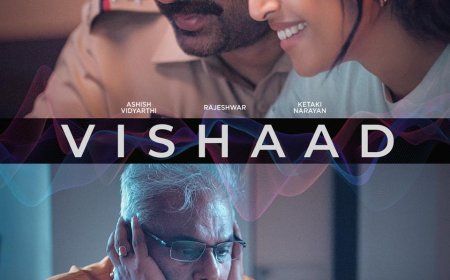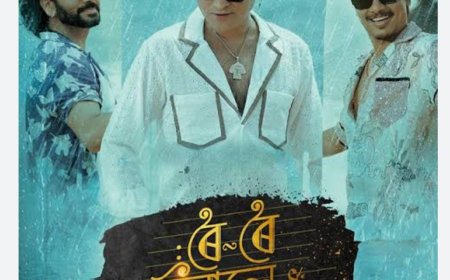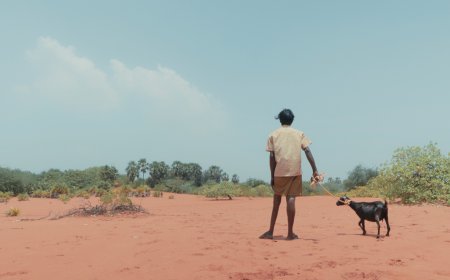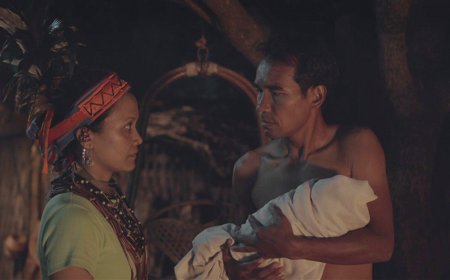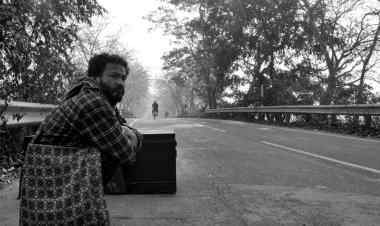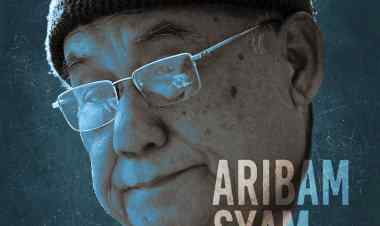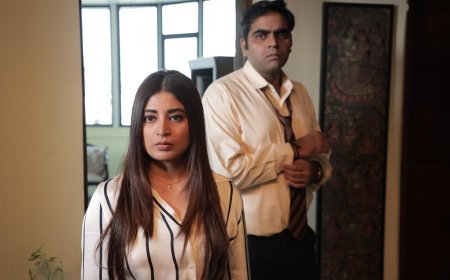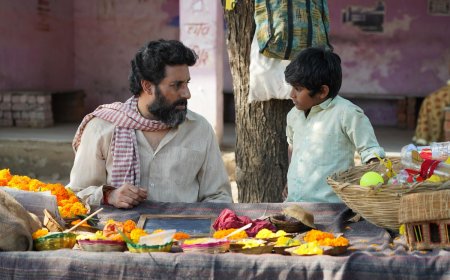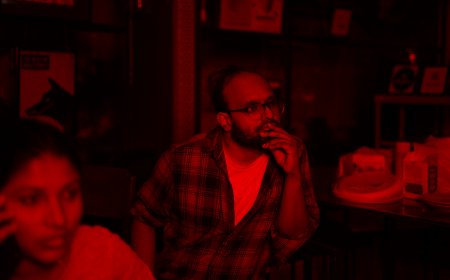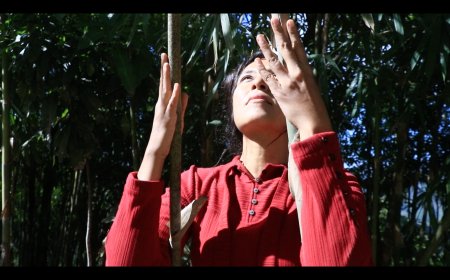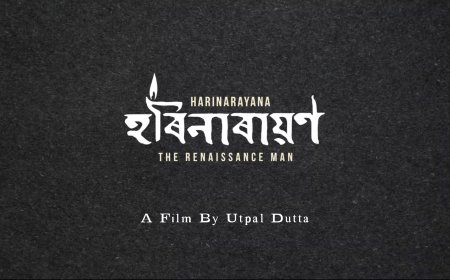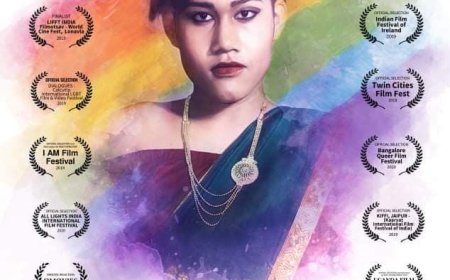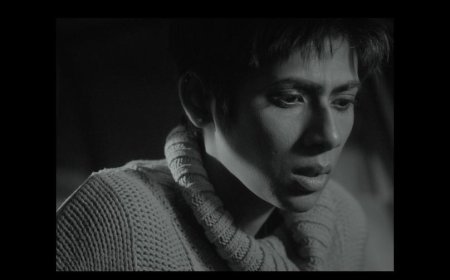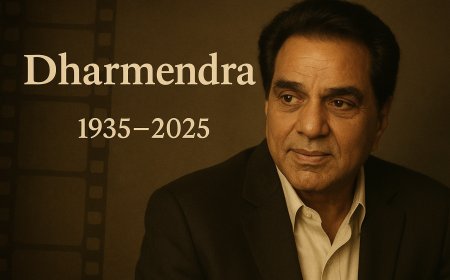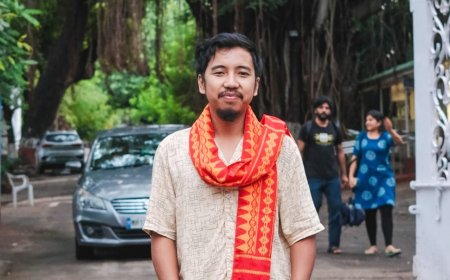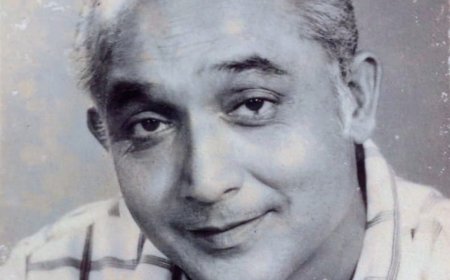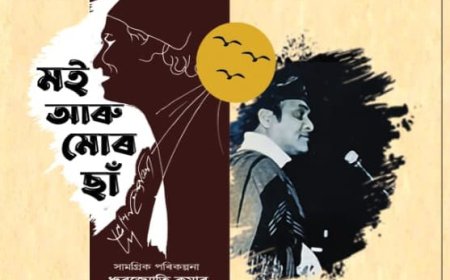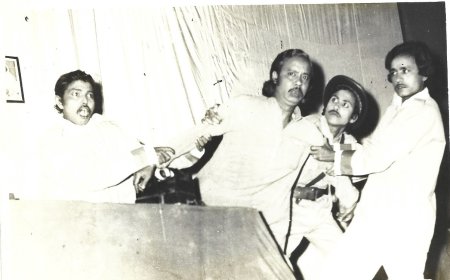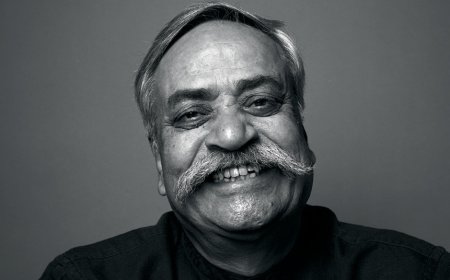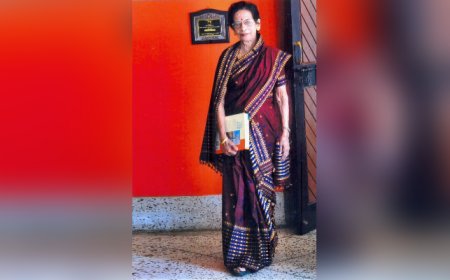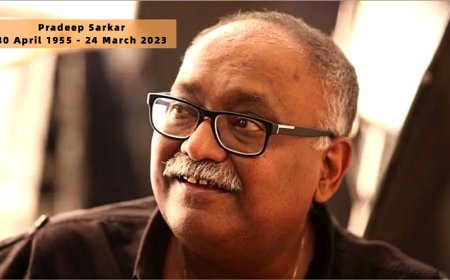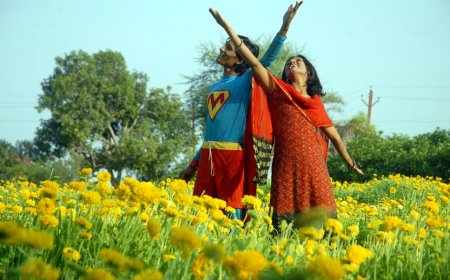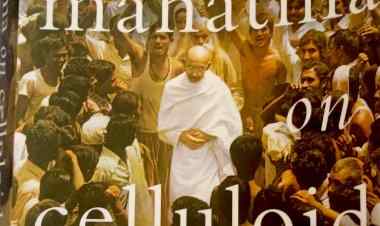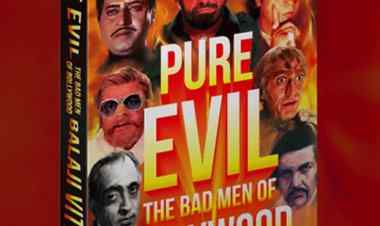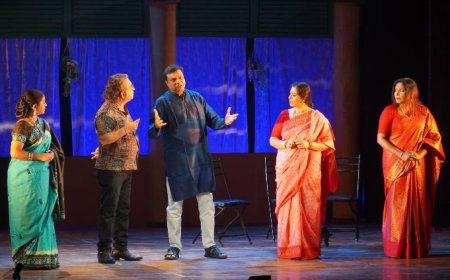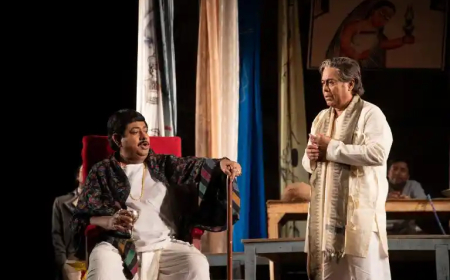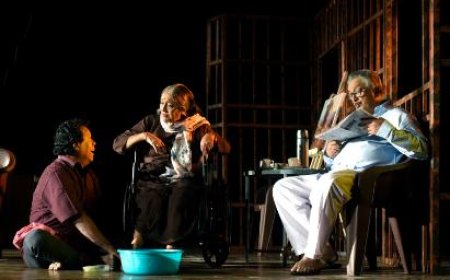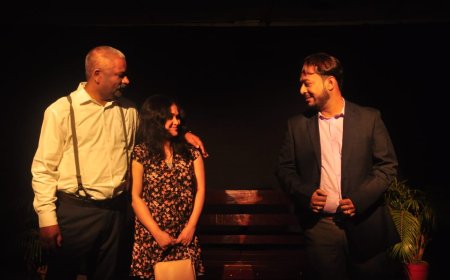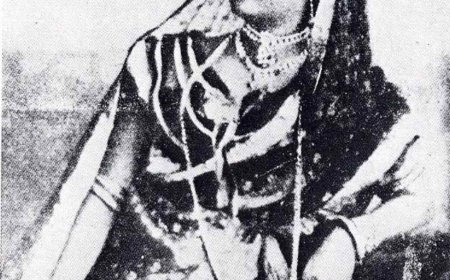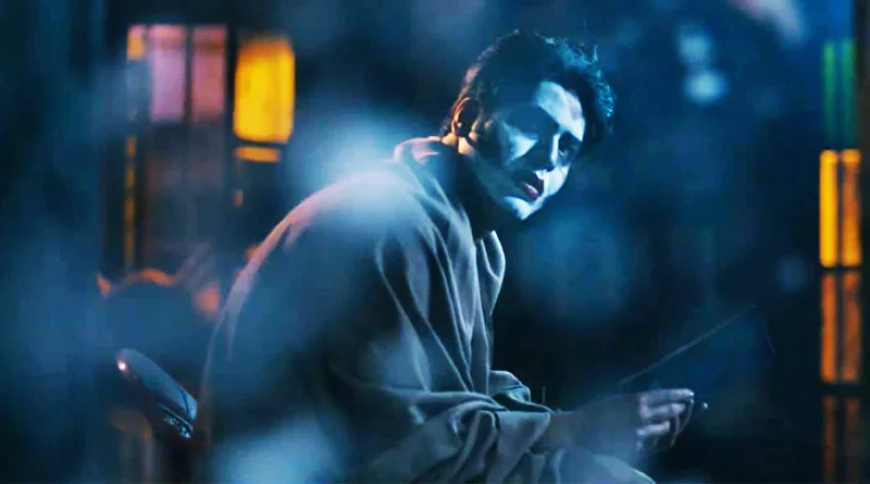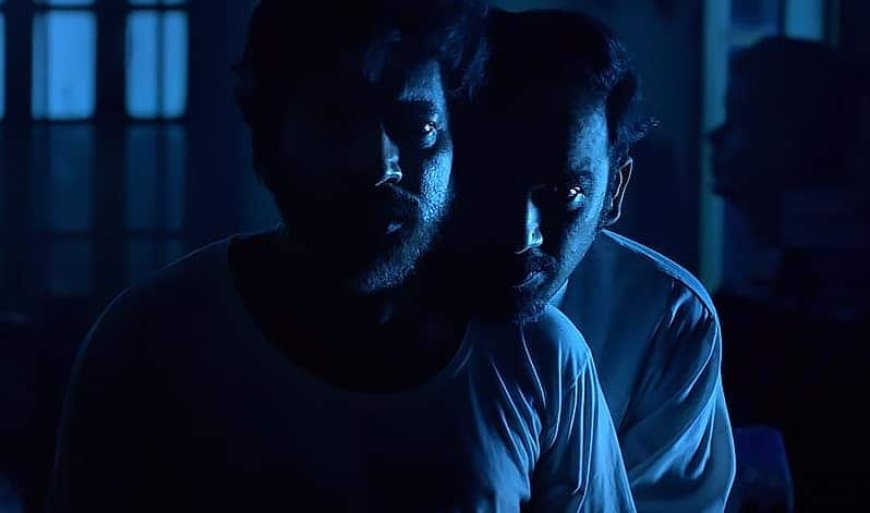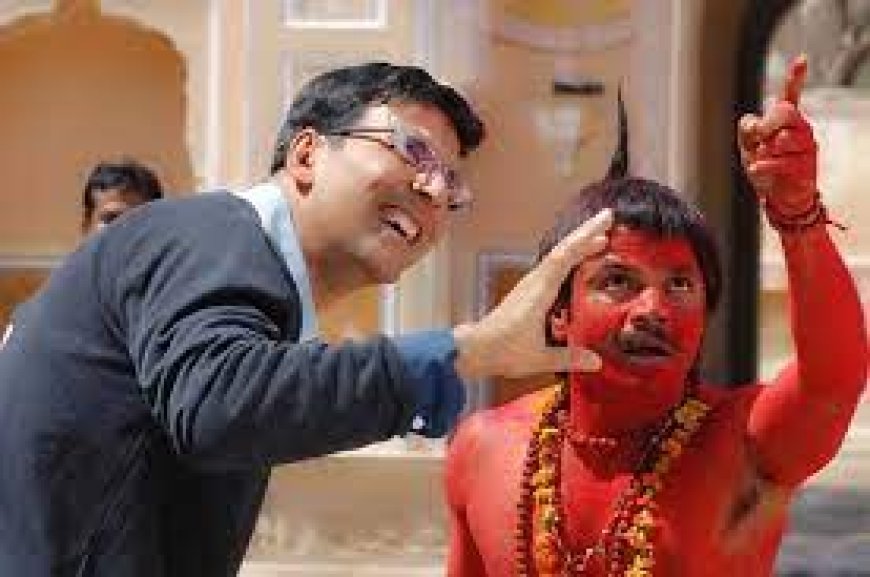The Unique Dimensions of Assamese and Bengali Horror Cinema - By Sai Sharma
An exploration of Assamese and Bengali horror cinema by Aditya 'Sai' Sharma
Indian cinema, celebrated worldwide for its vibrancy and storytelling, often finds itself represented by Bollywood, the vast Hindi-language film industry known for its grandiosity, mainstream appeal, and international popularity. Bollywood has played a pivotal role in popularizing Indian horror, establishing a cinematic formula that intertwines horror with other genres such as romance, comedy, and drama to create mass appeal. However, the horror films produced by Assamese and Bengali filmmakers offer a distinct and culturally grounded approach that challenges Bollywood’s accessible yet formulaic style. These regional cinemas, each with unique traditions, aesthetic values, and cultural influences, treat horror as an immersive experience steeped in localized myth, history, and psychological depth. As a result, Assamese and Bengali horror provide narratives that differ significantly from Bollywood’s popular approach, drawing audiences into deeply intimate and thought-provoking cinematic experiences.
Bollywood has indeed set a recognizable standard for Indian horror, with iconic films such as Bhool Bhulaiyaa (2007) showcasing its unique blend of the supernatural with accessible storytelling. Directed by Priyadarshan, Bhool Bhulaiyaa is an adaptation of the Malayalam classic Manichitrathazhu (1993) and presents a gripping plot that revolves around an urban couple who visit a haunted palace, gradually unveiling the legend of a vengeful spirit and addressing complex themes of mental illness and reincarnation. Bhool Bhulaiyaa not only embraces elements of suspense and the supernatural but also interweaves humor, romance, and a strong narrative arc that appeals to a wide audience. This film has since become emblematic of Bollywood’s style, where horror is packaged alongside familiar tropes, ensuring that the fear factor is balanced with moments of levity and relatability. Bollywood horror, therefore, is designed for mass consumption, blending the thrill of fear with an entertaining touch that leaves audiences equally amused and spooked.
Assamese horror cinema, by contrast, often shuns this formulaic approach, opting for narratives that reflect the region’s rich cultural heritage and connection with nature. In Assamese horror films, the supernatural is frequently rooted in folk traditions and beliefs, portraying spirits, curses, and otherworldly phenomena as intrinsic to the people’s worldview and relationship with their environment. Rather than presenting horror as an isolated event or entity, Assamese cinema integrates it into the everyday, creating a sense of subtle dread that is both familiar and inescapable. Films such as Aei Maatite explore Assam's reverence for nature, drawing on folk tales and indigenous mythologies that present the supernatural as an omnipresent force in their lives. Assamese horror avoids Bollywood's theatrical approach and instead cultivates an immersive atmosphere where the supernatural coexists naturally with the people and the land, often serving as a narrative device to explore ecological issues, community life, and the fragility of human existence.
Bengali horror cinema takes a similarly introspective yet philosophically inclined approach, deeply influenced by the region’s literary and intellectual heritage. Groundbreaking directors such as Satyajit Ray and Ritwik Ghatak set a high standard in Bengali cinema by exploring the human psyche with nuance and sophistication, a tradition that later filmmakers continued, particularly within the horror genre. Bengali horror films frequently explore existential dread, isolation, and moral ambiguity, inviting audiences to confront the darker facets of human nature rather than relying solely on external supernatural threats. Rather than focusing on jump scares and suspense, Bengali horror often uses minimalistic settings, psychological tension, and philosophical questions to create an unsettling atmosphere. This style is exemplified in the works of Rituparno Ghosh and Qaushiq Mukherjee (Q), where horror becomes a vehicle for social commentary, delving into complex themes of identity, cultural alienation, and emotional trauma. Bengali horror cinema offers a type of fear that is cerebral and thought-provoking, presenting the supernatural as a mirror to the human soul rather than a mere plot device.
The divergence between Assamese, Bengali, and Bollywood horror underscores the diversity within Indian cinema’s engagement with the genre. While Bollywood’s horror films seek to entertain a broad audience through a carefully balanced blend of fear, humor, and romance, Assamese and Bengali films delve into horror as a means of cultural introspection and psychological realism. Assamese horror, with its emphasis on folklore and the omnipresence of nature, brings to life a supernatural that is inseparable from the region’s cultural identity. Bengali horror, on the other hand, explores the inner recesses of the mind, using minimalism and philosophy to provoke an introspective type of fear that lingers long after the film ends.
Moreover, Assamese and Bengali horror reject the Bollywood-style narrative closure, often leaving endings ambiguous or unresolved to maintain an air of mystery and psychological tension. Bollywood films like Bhool Bhulaiyaa offer a clear resolution where the supernatural threat is rationalized or neutralized, allowing audiences to leave with a sense of comfort and closure. In contrast, Assamese and Bengali horror films invite viewers to sit with unresolved questions, reflecting the complexities and uncertainties of real life. This stylistic choice not only deepens the psychological impact of these films but also aligns with the narrative traditions of these regions, where folk stories and myths often conclude with open-ended moral or philosophical reflections.
This comparison between Bollywood and regional horror is not to undermine the achievements of Bollywood, which has made horror accessible to millions and brought Indian horror to international attention. Bollywood’s broad appeal and refined production values have helped popularize Indian horror globally, and films like Bhool Bhulaiyaa represent a successful amalgamation of horror with mainstream storytelling elements. Yet, Assamese and Bengali horror remind audiences that fear can transcend entertainment, serving as a powerful medium for exploring regional identity, psychological depth, and societal commentary.
These distinctions highlight the rich spectrum of horror in Indian cinema, proving that horror is a genre with many faces, each with its unique ways of invoking fear, curiosity, and reflection. While Bollywood horror presents a universally palatable version of the genre, Assamese and Bengali horror invite audiences into a more intimate, culturally resonant experience, offering an invaluable lens into the diversity of Indian cinematic storytelling.
*****
About the Author
Aditya 'Sai' Sharma is a filmmaker and art director. With over twelve years of experience in poster art and film-related design, Sai brings a nuanced appreciation for Indian cinema's unique narratives, particularly within regional horror.
What's Your Reaction?







